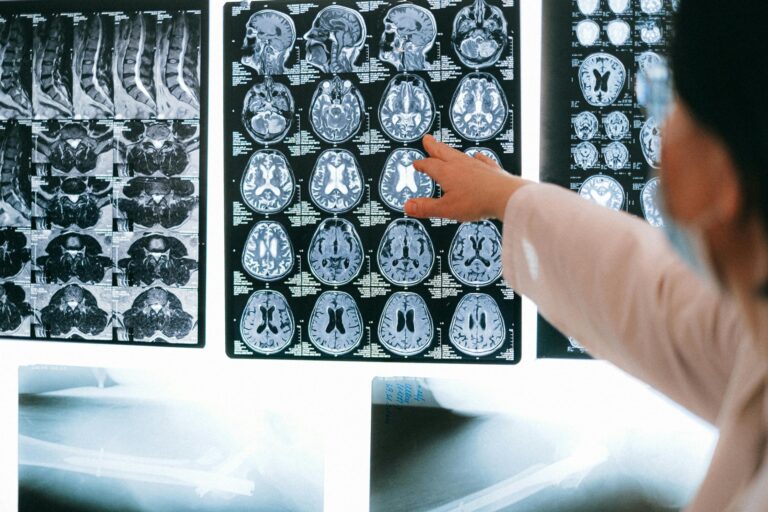Pulsatile tinnitusA whooshing or throbbing noise heard in one or both ears that can range from annoying to debilitating. Highly associated with venous sinus stenosis. Click the term to read more (PT) can best be described as a whooshing sound heard in either one or both ears that is synchronous with one’s heartbeat. It can only be heard by the person experiencing it. Caution not to confuse PT with ringing in the ears as it is associated with completely different conditions.
Doctor Dorothea Atschul, MD is a Neurointerventionalist at Neurosurgeons of New Jersey and holds clinical and research interests in minimally-invasive imaging-guided therapies for the treatment of vascular disorders of the brain and spinal cord. She also is experienced in the diagnosis and treatment of pulsatile tinnitus and IdiopathicThe term idiopathic is used when there is no detectable reason for something. Click the term to read more Intracranial Hypertension (IIH). Her social media and website contains a wide range of informative neurosurgical topics. She was kind enough to share her blog on pulsatile tinnitus.
The key points of her article include:
- Many cases of pulsatile tinnitus can be associated with stenosis (narrowing) in one of the veins in the brain, most commonly the transverse and sigmoid sinuses, or veins in the neck.
- A 2013 review of the current literature indicated that about 28 percent of pulsatile tinnitus cases were due to venous causes, 23 percent were arterial, 18 percent were arteriovenous (affecting both artery and vein), and 31 percent were due to other or unknown causes.
- Pulsatile tinnitus can affect one or both ears. People with idiopathic intracranial hypertension (IIH) usually experience PT in both ears. More than half of the venous cases of pulsatile tinnitus were due to IIH which has recently been associated with venous stenosis.
- A diagnosis can be made by a thorough exam by a specialist such as an Ear Nose and Throat (ENT) doctor, neurosurgeonMedical doctor who diagnoses and treats surgical issues related to the brain, spine, and nervous system. Click the term to read more, neurointerventionalist or neurologistMedical doctor who diagnoses and treats nonsurgical issues related to the brain and nervous system. Click the term to read more along with imaging studies such as an MRI and cerebral angiogramCerebral angiography is a procedure that uses a special dye (contrast material) and x-rays to see how blood flows through the brain. Click the term to read more.
Treatment for pulsatile tinnitus depends on the cause and severity of symptoms. Some people only experience PT at night and if the noise is mild, can be resolved with a white noise machine, relaxation techniques and retraining. Others benefit from correction of the underlying disorder that is causing PT, such as high blood pressure that can be treated with medications. Those with a lesion seen on imaging can have complete resolve of pulsatile tinnitus when the narrowing of the vessels is reversed. Current treatment of pulsatile tinnitus in those with narrowing of a vessel is by placement of a stent in the area of vessels stenosis to restore blood flow to the affected area.
To read the full blog on pulsatile tinnitus and other IIH-related topics written by Dr. Dorothea Althschul, or to schedule an appointment to see her, click here.



